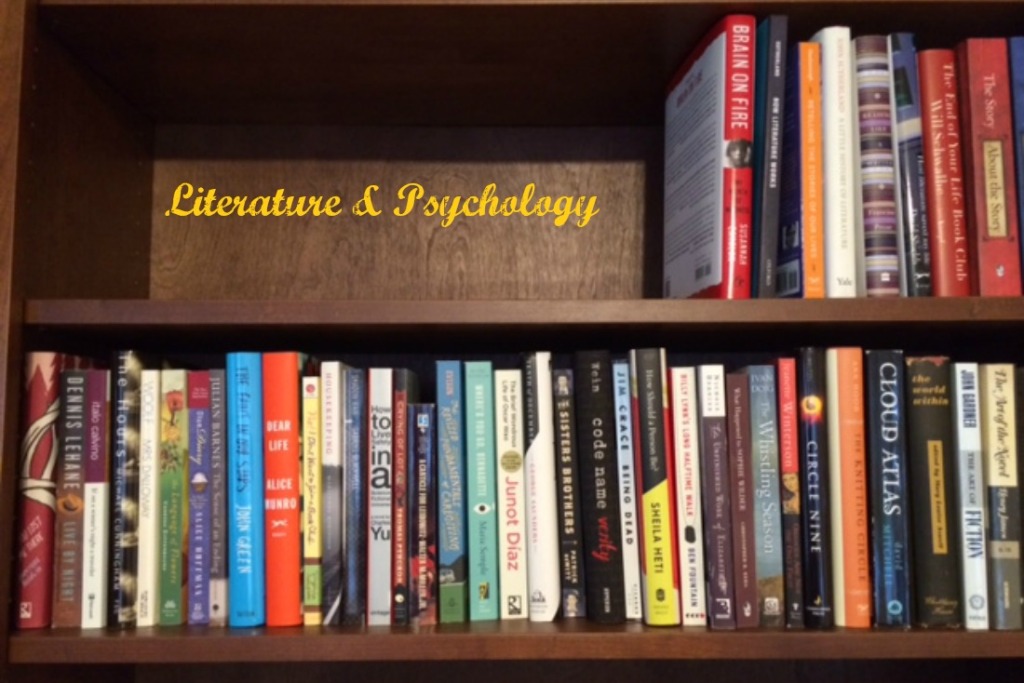My major life activities are reading (usually fiction) and writing (always nonfiction). So I’m delighted when I come across something that combines the two: something like Marcy McKay’s writing challenge What Your Favorite Books Tell You About Your Writing. Marcy runs The Write Practice, a web site and newsletter aimed at fiction writers, but even though I write nonfiction, I often find her insights helpful. But this one I just have to try. I’ve been saving it, and today is the day.
Here’s Marcy’s four-stop process and my responses.
1. List your five favorite books. Write them down as fast as possible. Don’t overthink this. Just trust your instincts and write. If need be, make two separate lists: one for fiction and the other for nonfiction.
Five Favorite Novels:
- To Kill a Mockingbird by Harper Lee
- All the King’s Men by Robert Penn Warren
- The Secret Life of Bees by Sue Monk Kidd
- Broken for You by Stephanie Kallos
- The Goldfinch by Donna Tartt
Five Favorite Works of Nonfiction:
- The Liars’ Club by Mary Karr
- The Dance of the Dissident Daughter by Sue Monk Kidd
- Angela’s Ashes by Frank McCourt
- The Reader, the Text, the Poem by Louise M. Rosenblatt
- Composing a Life by Mary Catherine Bateson
2. Find the common themes on your list. Are you drawn to redemption, self-discovery, forgiveness, good versus evil, transformation, love conquers all or triumph of the human spirit? It doesn’t have to be something boiled down to one word or even one theme. Just look for the common denominators between your books.
Common Themes:
- the search for family
- self-discovery
- the search for personal identity
- enduring and learning from painful personal experience
- making meaning in one’s life
- the meaning of love
3. Reflect on the stories from your childhood. What are the most important moments of your formative years, growing up? Happy or sad, think back on them all, then write them down.
I do not feel comfortable publicizing the events of my formative years here, but I do incorporate them, in a general way, in the next section.
4. Study the overlapping links between your lists. It is where your most powerful inner stories reside. These are the stories of your heart. If your lists do not connect and you’re struggling with your writing, this may explain the problem… . You should be telling stories you fell compelled to write. That’s where your passion lies.
My childhood included disrupted family life fraught with much verbal and emotional abuse. There were, however, spots of light that showed me other possibilities did exist.
People talk about “finding themselves,” but this exercise has made me realize that we don’t find or discover our self as much as we create it. Many years ago I realized that I had lived much of my life in an attempt to define myself in negatives, in saying what I am NOT—such as “I am not a victim.” When I realized this, I thought it was, well, a very negative thing to do, a negative way to live my life.
But doing this exercise has made me realize that such concentration on negatives—what I am not—is not truly a negative approach to life because understanding what I did not want to be helped me to become, or create, the self and the life I wanted. Acknowledging who I did not want to be enabled me to create the identity I wanted, one that embodies the values and beliefs I’ve come to hold dear because of the knowledge I’ve gained from my personal experiences.
In my recent focus on improving my writing I’ve frequently come across the concept of “finding one’s writing voice.” This phrase always bothered me in some vague way because it suggests that we’ve somehow lost our writer’s voice. But I now realize why I dislike the whole notion of “finding our voice.” We don’t find our voice, we create it, just as we don’t find or discover our self but rather create it.
Marcy says that this exercise helps us look at our inside stories vs. our outside stories. Our inside stories are the ones we carry internally, whether we’re aware of them or not. These stories often come from our childhood experiences and influence both how we think of ourselves now and how we behave in the future as we attempt to conform to the internal notion we have of ourself. Some children grow up feeling loved, accepted, and encouraged; those children move forward with confidence and a sense of self-worth and potential achievement. But other children grow up being told that they’re bad and that they’ll never become any better or accomplish anything; those children tend to live out their lives fulfilling this self-concept that they’ve incorporated into their sense of identity.
It is possible, however, to transform and transcend the identity story that our previous experiences have given us. One way to do this, the way that I have pursued all my life without even knowing why, is to read. These outside stories can show us other life possibilities and can thereby encourage us to edit our inner story.
My great thanks to Marcy for this exercise that can help us understand ourselves better and appreciate ourselves more. Doing this exercise can change your life.

